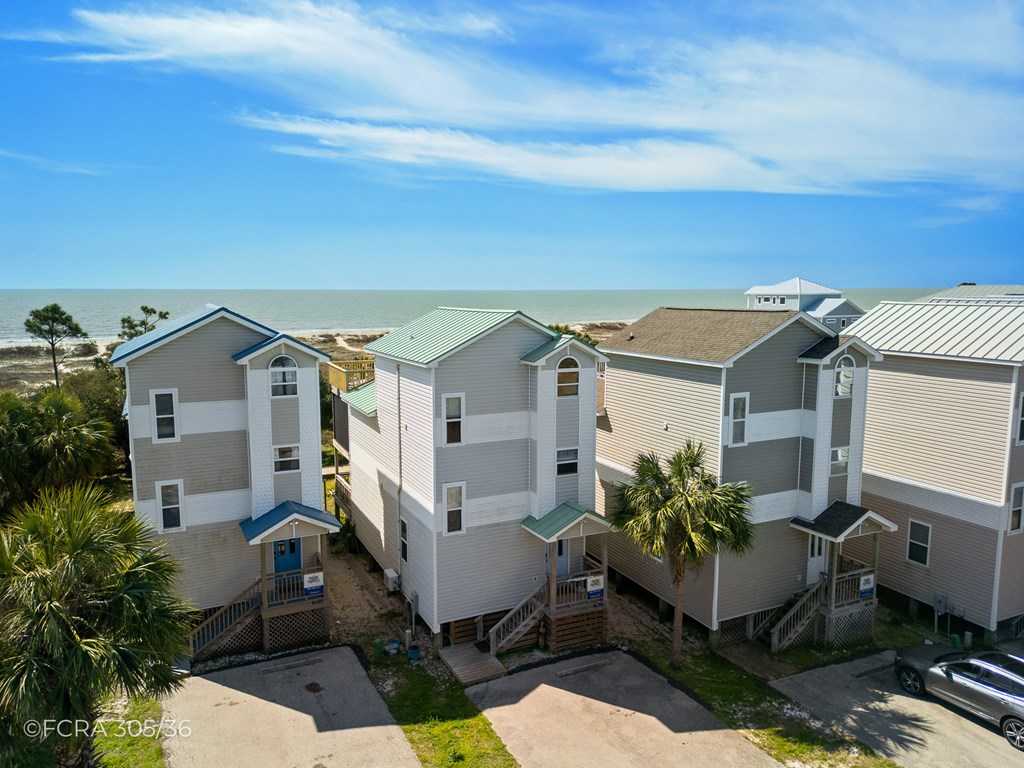Owning a second home in Florida—especially near the coast—is a dream for many, but when it’s time to sell, understanding how market conditions affect the process is crucial. Whether you’re upgrading, downsizing, or simply cashing in on your investment, timing and market dynamics can make a big difference in your results.
Here’s a closer look at how seasonal trends, economic factors, and buyer motivations shape the second-home market in Florida—and how you can use this knowledge to your advantage.
Seasonal Demand: Timing Is Key
In Florida’s coastal communities, tourism peaks during the summer months. Our beautiful beaches are bustling with visitors, creating a vibrant local economy and increased visibility for available properties. While actual sales volume for second homes tends to be highest between January and May, summer tourism still plays a critical role in driving interest and demand.
Many second-home buyers look to purchase between winter and spring to prepare their properties for the lucrative summer rental season. This timing allows new owners to make necessary repairs or upgrades before the busiest (and most profitable) months for vacation rentals arrive.
If you’re considering selling, listing your second home early in the year—ideally from January through May—can position you in front of motivated buyers eager to get their properties ready before summer. However, thanks to the steady flow of visitors during the summer, your listing can still benefit from strong exposure even if it stays on the market into June, July, and August.
Economic Factors: Interest Rates and Investment Appeal
Broad economic trends also influence the second-home market. Interest rates, stock market performance, and consumer confidence all play a part in buyers’ decisions. When mortgage rates are low and the economy is stable, buyers are more willing to invest in vacation properties.
Florida, with its no state income tax and strong rental income potential, remains an attractive location for second-home buyers even when economic conditions fluctuate. Sellers who stay attuned to national financial trends can better predict demand—and adjust pricing strategies accordingly.
Buyer Motivations: Lifestyle and Investment Goals
Today’s second-home buyers often seek both personal enjoyment and investment potential. Many intend to rent out their properties to generate income when they’re not using them. That’s why properties located near the beach or popular attractions tend to attract more attention.
Highlighting features that appeal to both vacationers and long-term renters—such as updated kitchens, outdoor spaces, and proximity to the beach—can make your property even more competitive. Positioning your second home not just as a retreat, but as a smart financial investment, can resonate strongly with today’s buyers.
Final Thoughts: A Strategic Sale Starts with Smart Timing
While summer tourism keeps Florida’s beaches bustling, the best time to list your second home is typically between January and May. This gives buyers ample time to close, make improvements, and maximize rental income during the summer peak season.
That said, the market remains active year-round, and Florida’s appeal as a second-home destination ensures consistent interest. With the right preparation, pricing, and marketing strategy, you can achieve a successful sale whenever you decide to list.
Ready to sell your Florida second home?
Reach out to our team today—we’re here to guide you through every step of the process and help you make the most of today’s market opportunities!

